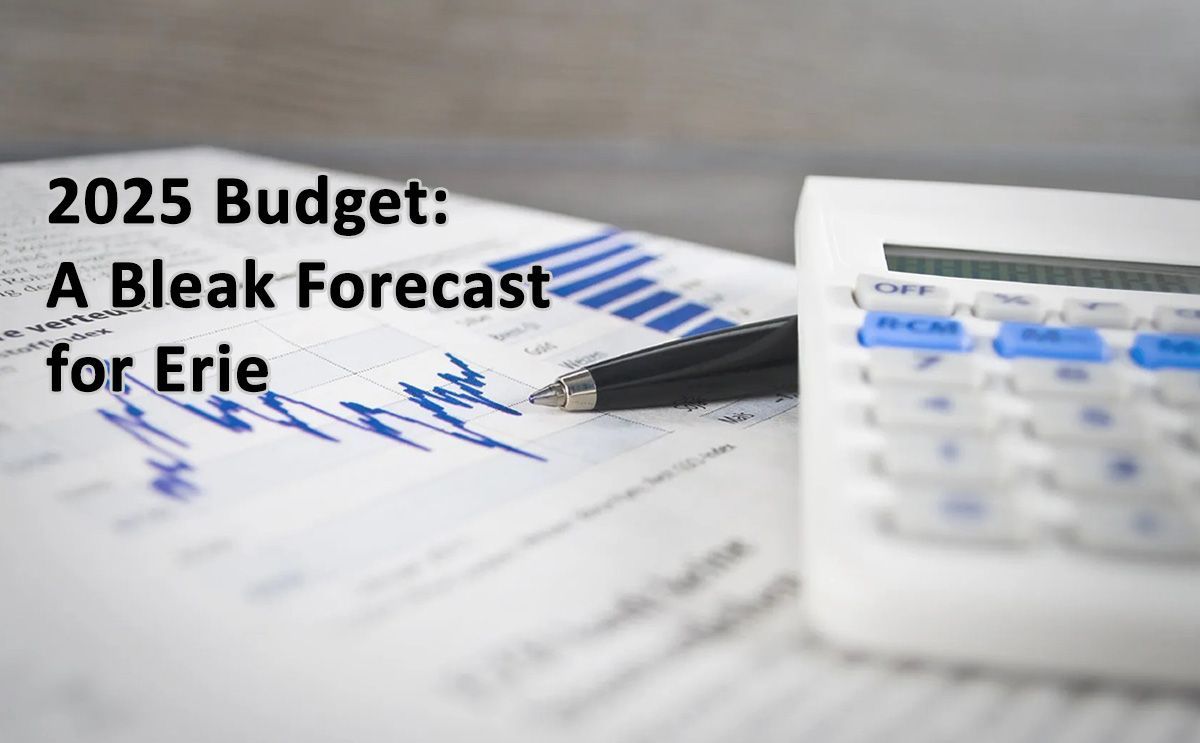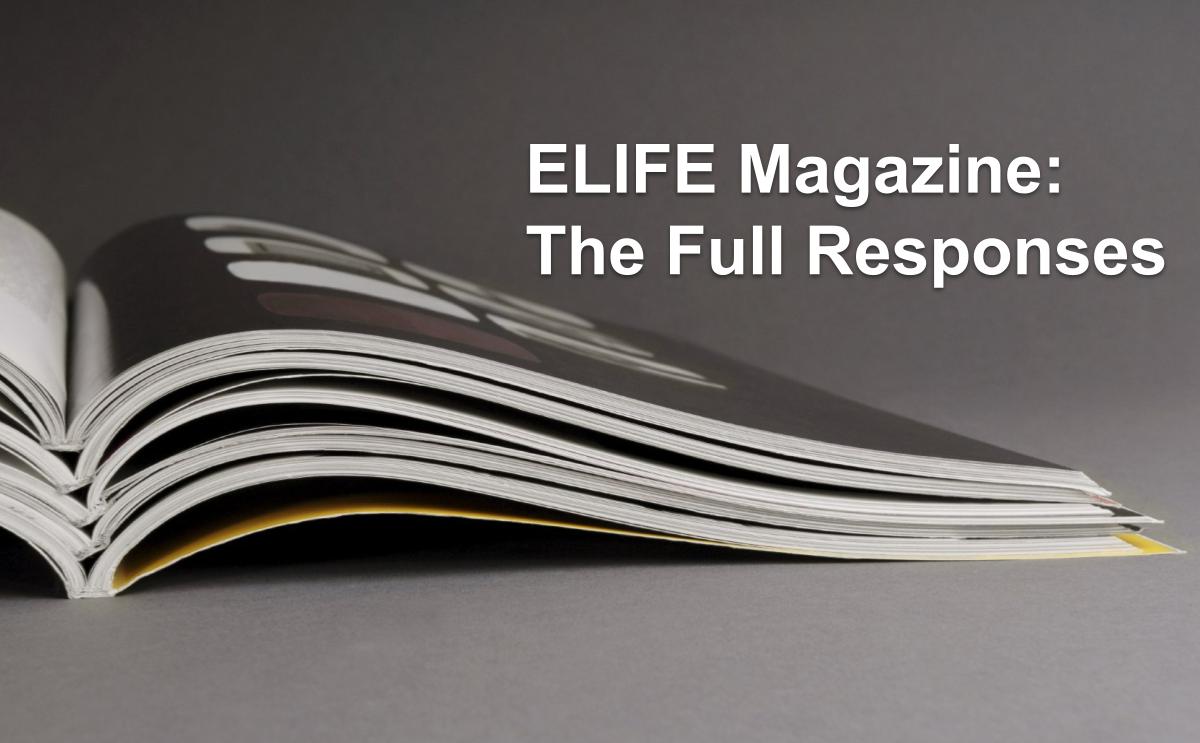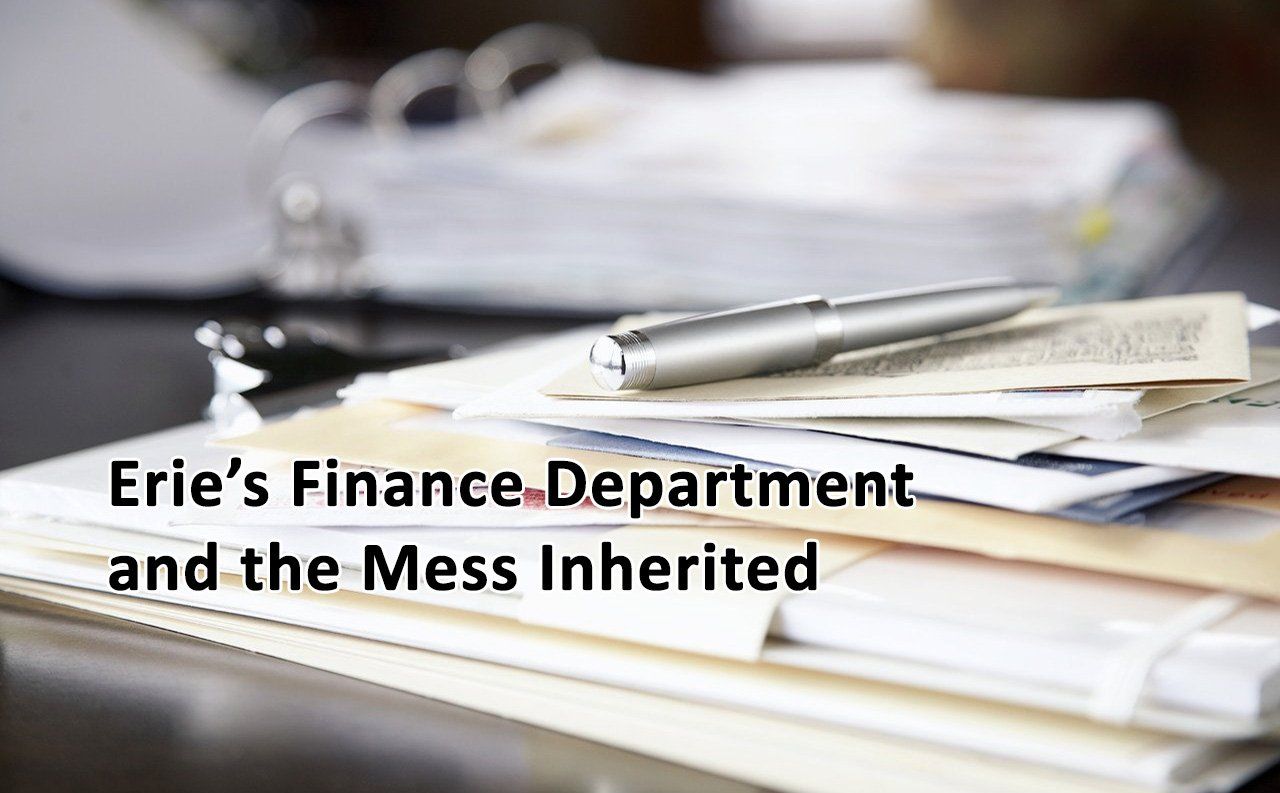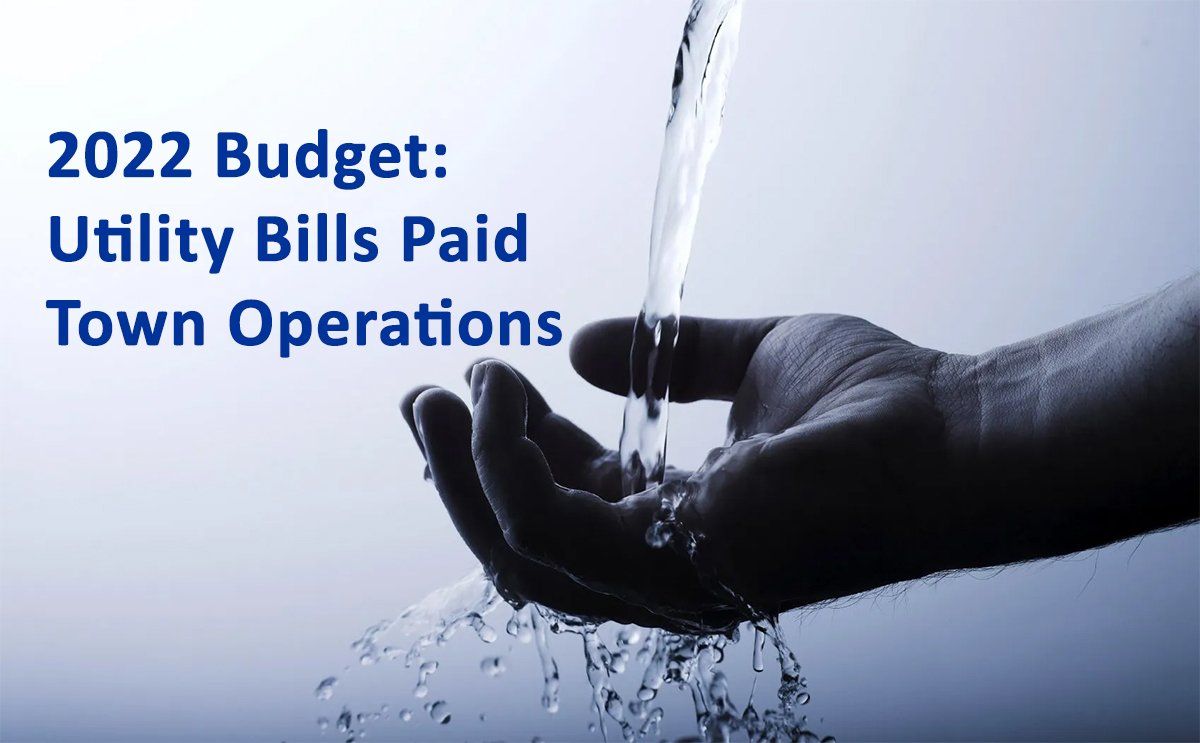Erie's Housing Diversity Issue
While some call it an "Affordable Housing" issue, in reality the root of the problem is a lack of housing diversity. During the Town's massive growth over the years, a lack of available inventory and the national housing market have created a housing affordability issue as the Town's makeup has comprised almost entirely of single family homes. The best way to resolve this issue is to work with our stakeholders in the community - our development partners - to address the cause, not the symptoms of the issue.

Since January, I have personally been asked about the topic of "Affordable Housing" in Erie by various residents and organizations. While this has become a hot-topic as of late, this is in actuality not a new issue for the Town of Erie. In fact, this topic and its relation to our community goes all the way back to circa 1999-2005.
When the Town’s Comprehensive Plan was updated back in 2015 – a technical update from the 2005 full update – it retained an “Action Plan” item specifically related to Affordable Housing - a section kept in its entirety without any modifications made from the 2005 version:

Town of Erie Comprehensive Plan - 2015 Update redlines, December 8, 2015 (pages 15-6, 15-7)
This means that 17+ years ago, our Town's leaders identified the real truth of the matter on this topic: Erie's housing affordability issue is really resulting due to one main reason – a lack of housing diversity. However, even though this was identified almost 20 years ago, we have only recently begun to see additional types of residential units being proposed other than single family residential.
Before 2021, the Town of Erie's Building Division only tracked "Single Family New Construction Building Permits", because that was really the only type of home being built within the Town:

January 2021 Planning & Development Monthly Report, Town of Erie Building Division, page 26
Starting last year, the Town finally saw movement towards other types of residential dwellings being built besides for single family residential. By the end of 2021, there were a total of 528 non-single family residential dwelling building permits issued by the Town - which accounted for just over half of the total of all new dwellings built in the year:

January 2022 Planning & Development Monthly Report, Town of Erie Building Division, page 20
Boulder County's Affordable Housing Goal:
In August of 2020, the Board of Trustees,
by resolution, adopted "the Boulder County Regional Housing Partnership's Priorities and Strategies for Expanding Access to Diverse Housing for Our Community."
While the organization appears to be an independent entity, and their website
homewanted.org says the BCRHP "was formed in 2016 under the guidance of the Boulder County Consortium of Cities to help address our area’s escalating housing costs", it is the Boulder County Housing and Human Services department - specifically the Boulder County Housing Authority - whose plan which the Board of Trustees agreed to.

Within the resolution, it noted that the Town adopted the plan "including the recommended goals for percent of affordable housing stock by 2035."
As outlined in the plan, the goal is to attain a percentage of "12% of all homes affordable by 2035."

Boulder County Regional Housing Partnership Presentation, BOT Study Session - August 18, 2020, Slide 8
In terms of the definition of "Affordable Housing", this is defined as no more than 30% of a household's gross monthly income, and the home must also be deed restricted in perpetuity.

BCRHP Regional Affordable Housing Plan - Expanding Access to Diverse Housing for Our Community, Page 8
However, when you look at the current housing market in Erie - the term "Affordable Home" appears to really take on another meaning.
Erie's Housing and Rental Market
To understand the importance of this 30% amount outlined in the BCRHP plan - which follows the general rule of thumb that no more than 30% of your household expenses should be used for rent or mortgage - it is important to compare it against the current housing and rental markets in Erie.
At the time or writing this, the median listing home price in Erie is over $700,000 - with the median sale price being over $750,000. In comparison, the median sale price one month prior was approximately $650,000 - meaning home prices in just one month increased over 15%.
For a first time home buyer receiving an FHA loan with 3.5% to 5% down required, this would mean that the buyer would need to bring $26,250 to $37,500 at closing. For a conventional loan at 20% down, the amount is $150,000 required at closing.
Based on 30-year fixed loan and rate of approximately 4.5% - the first time home buyer would have a monthly mortgage payment of approximately $3,610, while the conventional loan home buyer would have a monthly mortgage payment of approximately $3,040. If the 30% rule is applied, this would mean that a home buyers would need to have a household income of approximately $121,600 - $144,400 per year.
In terms of rental prices, the
2020 American Community Survey indicated that 78.8% of Erie residents living in rental properties were paying $1,500 or more per month on their rent, with 56.1% paying over $2,000 or more. Assuming the 30% rule – and adjusting for inflation from 2020 to 2022 – this means that over 3/4 of all renters must have a household income of $64,332 annually, and over 1/2 of all renters must have an annual household income of $85,776 to rent in Erie. Based on a Median Gross Rental amount of $2,128 per month - this means that the average annual household income required to rent in Erie is $91,266.
With Erie's median household income currently at $124,480, this identifies how so many households within our community are able to afford the current housing prices. However, based on the information noted earlier - affordability does in fact become an issue for anyone attempting to move into our Town.
How to Address Housing Affordability
The largest contributing factors to Erie's sales and rental prices - besides for the Colorado housing market in general - is not only due to a lack of inventory, but specifically the lack of diversity in terms of the housing types available within our community. This includes alternative types of homes - including duplexes, townhomes, condos, apartments, and other types of non-single family units.
Ultimately, my strategy for tackling housing affordability in Erie is through collaboration. To address this issue, we must work with our development community members to outline a path to achieve our goals. In fact, I believe it would be unwise for the Town to dictate terms to the development community, and that we should rather approach this situation in a different fashion. I believe that if the Town attempts to solely rely on the strategies of deed restricted housing or mandates placed upon the developers to provide X% of "affordable housing" in a development project - without any discussion or involvement from the development community - we will not be able to attain the results that are desired.
We should attempt to achieve a solution to this issue by looking at the developers as stakeholders and partners in our community. This means bringing them to the table, sitting with them and saying "How can you help us achieve these goals? How can we work together to attain the best results for our Town?" If we approach the situation in this way, the development community will respond positively and will actively work with us on this initiative.
Having personally spoken with countless development partners in our community, they too have identified that housing diversity is the main issue. This is exactly why we have begun to see various developments which will begin with alternative housing types offered sooner in the development phasing process - which this phasing strategy is exactly what our Town should be promoting - instead of starting out with single-family homes, and then only meeting the developer's housing diversity requirements at the very end of the project.
As well, while we might have our own ideas of how to attain these goals towards housing affordability, they will as well come to the table with many other solutions that can positively impact our community. We have many developers in Town that we can receive insight resulting from their experiences in other communities - what worked, what didn't work, why it did or did not work. We can then consult with these other jurisdictions to say "How was this implemented? What are the positive and negative impacts that came from these actions?" From there, we can then implement our Town's own initiatives to address housing affordability within our community - specifically to increase the diversity of housing within our Town.
*Just a side note to all of the items that I discuss: I am a solutions driven problem solver by nature. I wonder how things work, why they work the way they do, and how to make them better. This means seeking different, outside-the-box methods to figure out solutions to various issues. Accordingly, I am always open to learning new ideas, different ways of doing things, as well as constantly learning from others' experiences to make better decisions. When I see an issue, I view it in a holistic fashion, and then dive into specific areas to remove deficiencies and create efficiencies. If you, who are reading this, have some thoughts or ideas about any of the subjects I discuss, I would be more than happy to speak with you to hear your opinions. Please reach out to me here through my website. Listening, hearing, and understanding different perspectives is the only way that we can all grow and create positive change - by learning from others, and delivering ideas that push the needle to become Forward Thinking.
Share










